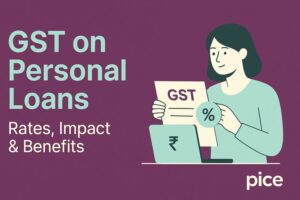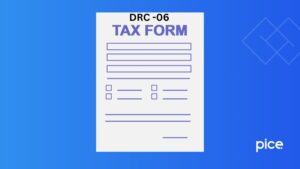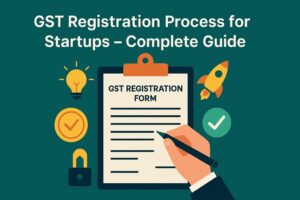Do You Need to Pay GST on Foreign Exchange?
- 3 Oct 24
- 8 mins
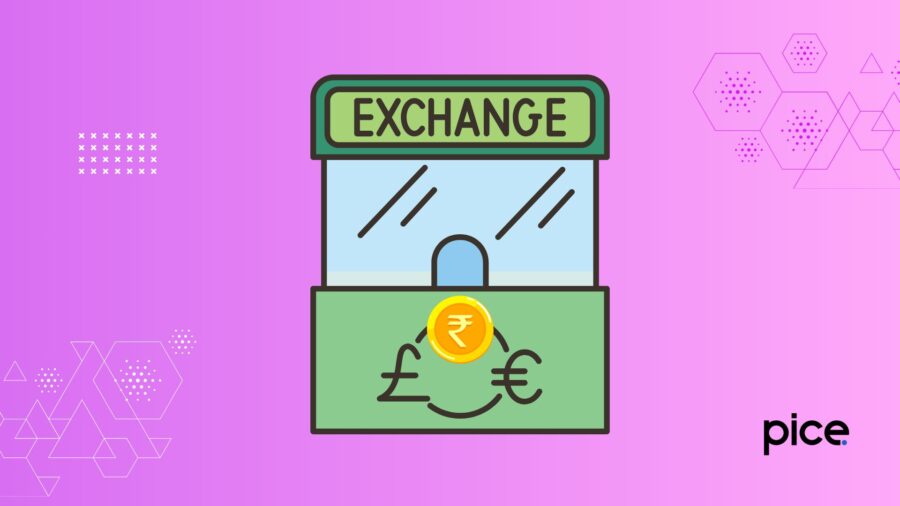
Do You Need to Pay GST on Foreign Exchange?
Key Takeaways
- No GST is applicable on inward remittances as exports are zero-rated supplies.
- GST at 18% applies to foreign currency conversion services based on predefined slabs.
- For foreign exchange involving Indian Rupees, GST is calculated using the RBI reference rate.
- Both-currency foreign exchange transactions are taxed on the lower amount after INR conversion.
- FIRC and BRC services are subject to GST under the reverse charge mechanism.
Understanding the intricacies of Goods and Services Tax is important, especially while dealing with money conversions in the country. Many individuals and businesses need to know the currency exchange value, whether for international trade, foreign investments or travel.
Hence, being aware of the applicability of GST on foreign exchange ensures compliance with tax regulations, and avoids penalties by tax authorities.
In this blog, we will discuss GST for forex transactions, calculations based on various provisions of the CGST Rule and other important aspects.
GST and Foreign Exchange Transactions
Let us find out how GST is applicable to Foreign Exchange Transactions.
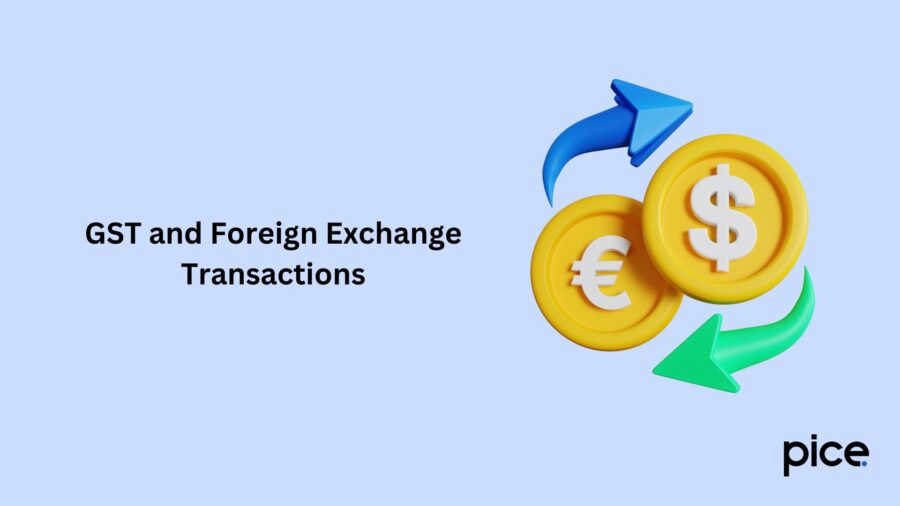
1. Inward Remittances to India
GST is not applicable on inward remittances as exports of goods or services are a zero-rated supply. However, there are some online platforms that often charge tax at the rate of 18% on products as a transaction fee in the case of international money transfers. One must note that this fee is not a separate charge for inward remittances.
2. Compliance Handling and Certifications (FIRC & BRC)
Goods and Services Tax is levied on services associated with the issuing of certificates like BRC (Bank Realisation Certificate) and FIRC (Foreign Inward Remittance Certificate). The reverse charge mechanism is applicable here. The liability to pay tax shifts to foreign clients from service providers. Foreign clients pay tax to the Government of India directly, so you are not required to charge tax on the invoice.
3. Foreign Currency Conversion
If you convert the amount you receive in the export of goods or services into Indian rupees, 18% is applicable on the foreign conversion services. Take a look at the slabs below to determine the value in case of sales or purchases of foreign transactions:
Slab 1: Up to ₹1 lakh
If the gross amount is equal to or less than ₹1,00,000, then 1% of the amount is subject to a minimum of ₹250. In this case, the minimum amount of GST to be paid is ₹45.
Slab 2: Ranging Between ₹1 lakh to ₹10 lakh
If the gross amount of foreign currency exchange service ranges between ₹100,00 and ₹10,00,000, then the value of service on which GST is payable is ₹1,000 plus 0.5% of the amount.
Slab 3: More than ₹10 lakh
If the gross amount of foreign currency that has been exchanged is more than the value of ₹10,00,000, then the value of service of which GST is payable is ₹5,500 plus 0.1% of the amount. It is subject to ₹60,000 maximum. In this case, the minimum GST that has to be paid is ₹10,800.
GST on Foreign Exchange Conversion Service in India
When exchanging (buying or selling) foreign currency in India, the value of supply is determined by the service supplier. Generally, there are 2 methods for calculating the value of supply for foreign exchange conversions:
- Calculation Based on Rule 32(2)(a) of CGST Rule, 2017
- Slab Based on Rule 32(2)(b) of CGST Rule 2017
Method 1: Calculation Based On Rule 32(2)(a) of CGST Rule, 2017
Under Method 1, let us discuss taxable value calculation based on rule 32(2)(a) of CGST Rule, 2017:
Case 1: When One of the Currencies Being Exchanged Is Indian Currency (INR)
There are two sub-cases:
Sub Case No. 1: When the Reserve Bank of India Reference Rate Is Provided
The Reserve Bank of India reference rate decides the value of the difference between two currencies. If the reference rate is provided, the value of foreign currency:
Buying of Foreign Currency: Value = (RBI reference rate – buying rate) * Total currency units
Selling of Foreign Currency: Value= (Selling rate - RBI reference rate) * Total units of currency
Below is an example for better understanding:
Mr. X took Money Exchange's services for conversion of 100 USD to Indian Rupee at the rate of 1 USD is ₹84. The reference rate for USD-INR is, assumingly, ₹83 per USD.
The value of supply (84-83)*100= ₹100.
Therefore, GST on foreign exchange conversion is applicable at the rate of 18%.
Sub Case No. 2: Reserve Bank of India Reference Rate Is Not Provided
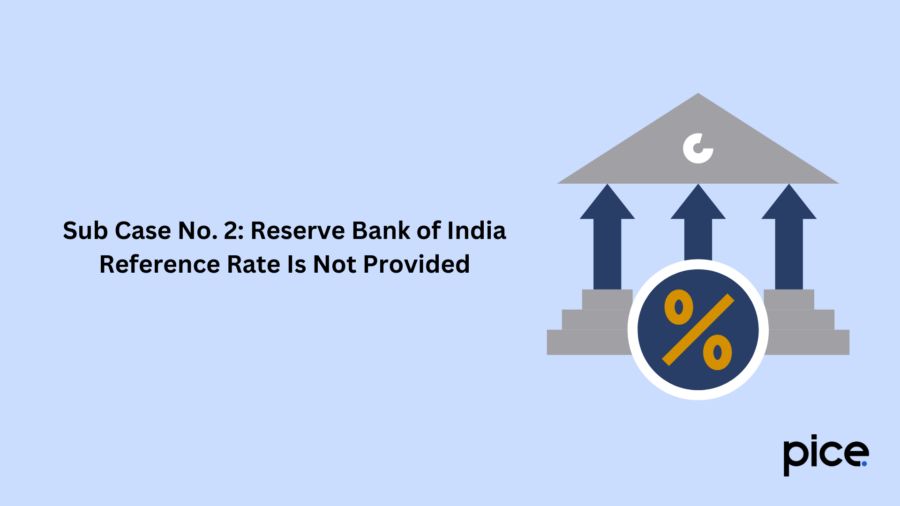
There are cases where the Reserve Bank of India reference rate is not given, then the value for that foreign currency conversion transaction will be:
1% of the amount (gross) which is supplied or received by the transacting person.
If we consider the above example, Mr X is the transacting person here. He is purchasing or selling 100 USD, wherein 1 USD ₹84. The gross amount is ₹8400.
The value of supply, which is 1% of 8400= ₹84
Therefore, tax on forex at the applicable rate= 84*18%= ₹15.12
Case 2: When Both Currencies Being Exchanged are Foreign Currencies
When both currencies being exchanged are foreign currencies, the value of the supply of services is:
1% of the lesser amount (calculated after converting both currencies to INR)
Let us understand this better with an example:
Mr. X wishes to sell off 100 USD for the UK pound at the rate of 0.92 pounds per USD. The value, in this case, will be 92 pounds.
On converting both currencies into INR:
100 USD = ₹8,400 (at ₹84 per USD)
92 Pound = ₹10,120 (at ₹110 per Pound)
The taxable supply value is 1% of the lesser amount, 1% of 8,400= ₹84
Therefore, the Goods and Services Tax on currency exchange conversion is 84 * 18% = ₹15.12
Method 2: Slab Based Under Rule 32(2)(b) of CGST Rule, 2017
You can also calculate the value of supply based on some predefined rules. Take a look at the table below to understand this better:
| Sl.No | Gross Amount of Foreign Currency Exchanged | Value of Supply | ||
| (A) | (B) | Result | ||
| 1. | Amount till 1,00,000 | 1% of the gross amount of foreign currency exchanged | ₹250 | The higher one (A) or (B) |
| 2. | Amount more than ₹1,00,000 and till ₹10,00,000 | 0.50% of the (total currency amount exchanged minus 1,00,000) | ₹1,000 | A + B |
| 3. | Amount more than 10,00,000 | 0.10% of the (total currency amount exchanged minus 10,00,000) + ₹ 5,500 | ₹60,000 | The lower one (A) or (B) |
For instance, if it amounts to ₹4,000, then the value of supply will be considered higher at either 1% of 4,000 (i.e. ₹40) or ₹250. Therefore, it is ₹250.
Conclusion
Understanding GST on foreign exchange is essential for both individuals and businesses. While GST does not apply to all transactions, certain forex transactions are subject to specific exchange rates and rules. A clear understanding of the topic will help you manage your finances and comply with tax regulations.
💡If you want to streamline your payment and make GST payments, consider using the PICE App. Explore the PICE App today and take your business to new heights.
 By
By 






